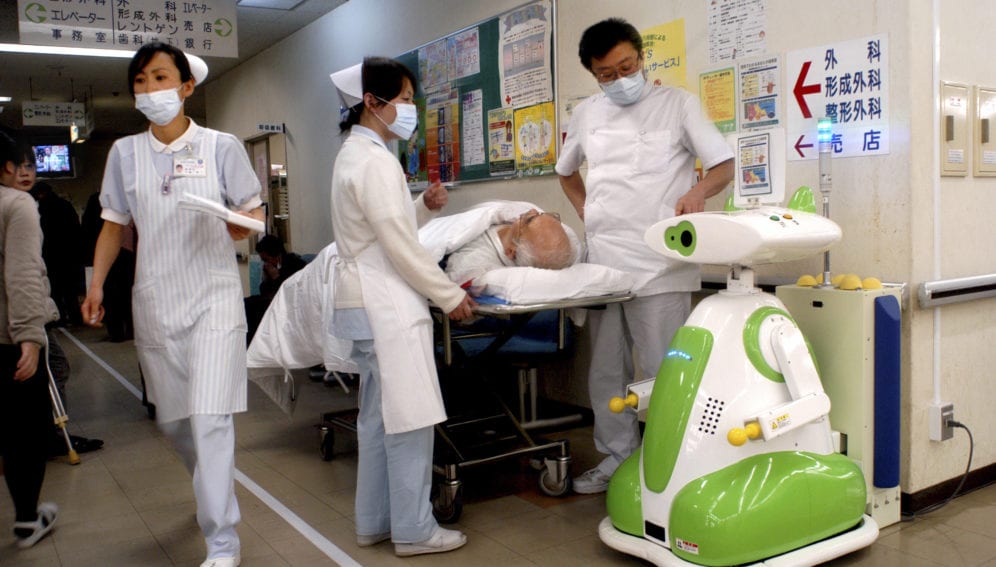Send to a friend
The details you provide on this page will not be used to send unsolicited email, and will not be sold to a 3rd party. See privacy policy.
[SYDNEY] The Australian human rights commission has embarked on a project looking at the social risks and benefits of artificial intelligence (AI) — a technology whose implications experts say are also beginning to emerge in the developing world.
Launched witha reportpublished on 24 July, the project is looking at the impact of the technology on the right to life, privacy, security, safety and equality.
AI is already employed in designing driverless cars that reduce road traffic deaths and robots that can perform minimally invasive surgeries. The technology also finds use in robotic weapons deployed in相依lictsituations and plays a role in decisions that impact publichealth,livelihoods,社交互动和人权。
来自学术界,工业和民间社会的世界各地的专家以及governmentofficials contributed to the paper, which was launched at the International Human Rights and Technology conference in Sydney.
“对于在非正式部门工作的妇女和边缘化的人来说,自动化将如何重组工作是一个严重的关注。”
安妮塔Gurumurthy,它改变
Delegates at the conference expressed concern at the possible abuse of facial recognition technologies for surveillance. They also highlighted algorithmic bias, big-data targeting of democratic processes and the problem of personal data being hacked.
“Our project is looking at these questions in the context of Australia, but the same conversations can and should be happening in developing countries,” Australian human rights commissioner Edward Santow tellsSciDev.Net。“We are asking what needs to happen in law and practice in order to ensure we always have tech for social good.”
“In developing countries, the impact of AI on larger socio-economic issues is only beginning to unfold,” says Anita Gurumurthy, founder and executive director ofIT for Change, a Bangalore-based NGO that works on digital technologies for human rights and social justice. “How automation is going to reorganise jobs is a serious concern for women and the marginalised who work largely in the informal sector.”
Gurumurthy said there is a need for transparency in the use of AI in social welfare.
“Prediction models based on biased training data sets — for example, household records that mainly show men as farmers — are bound to generate policy scenarios where women’s farm-based activity is not counted. We await a data governance law in India and, based on that, we need effective institutional protocols,” Gurumurthy tellsSciDev.Net.
But AI can also be used to promote health rights. Jake Lucchi, head of public policy and government relations at Google Asia Pacific, cited work on captioning videos which has made audiovisual content more accessible for hearing impaired people.
Lucchi also cited a “deep learning algorithm” that warns of diabetic retinopathy early, helping to avoid irreversible blindness, especially in patients living in countries with limited access to medical care.人权treaties do not prescribe specific rules in respect to technology. But acknowledging that this is a growing area of importance,联合国人权专员办公室has published a set of人权principles to guide data收藏。
In May this year, the secondAI for Good Global Summit, organised by theInternational Telecommunication Union, which leads UN dialogue on information and communication technology, had also focused on AI solutions towards achieving theSustainable Development Goals,尤其是在绘制贫困和在灾难情况下提供援助时。
This piece was produced by SciDev.Net’s Asia & Pacific desk.















